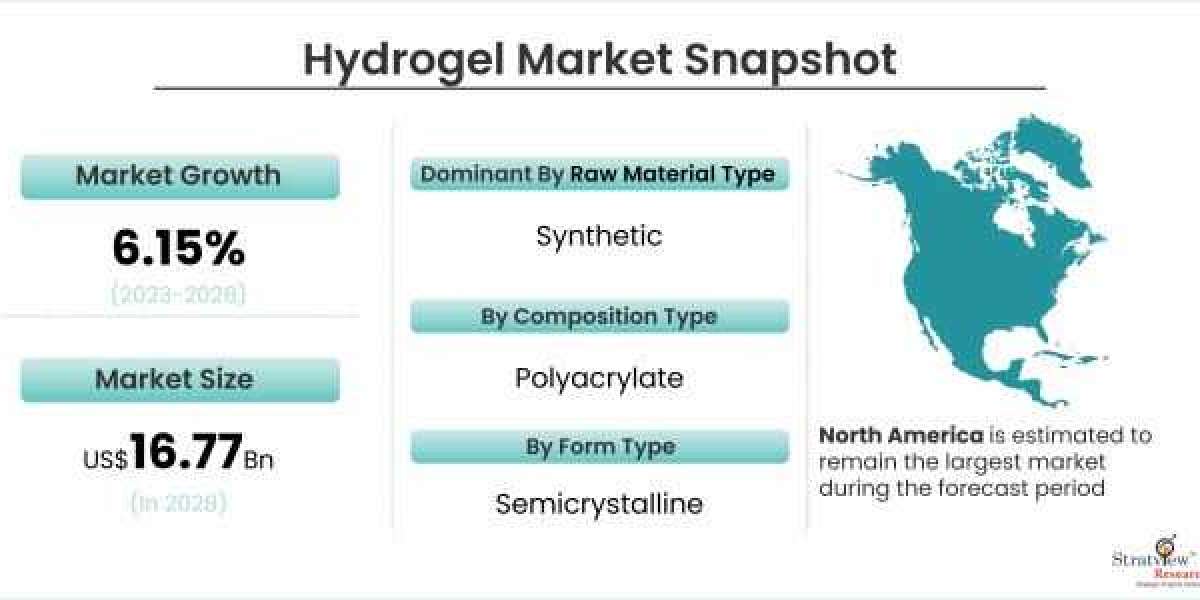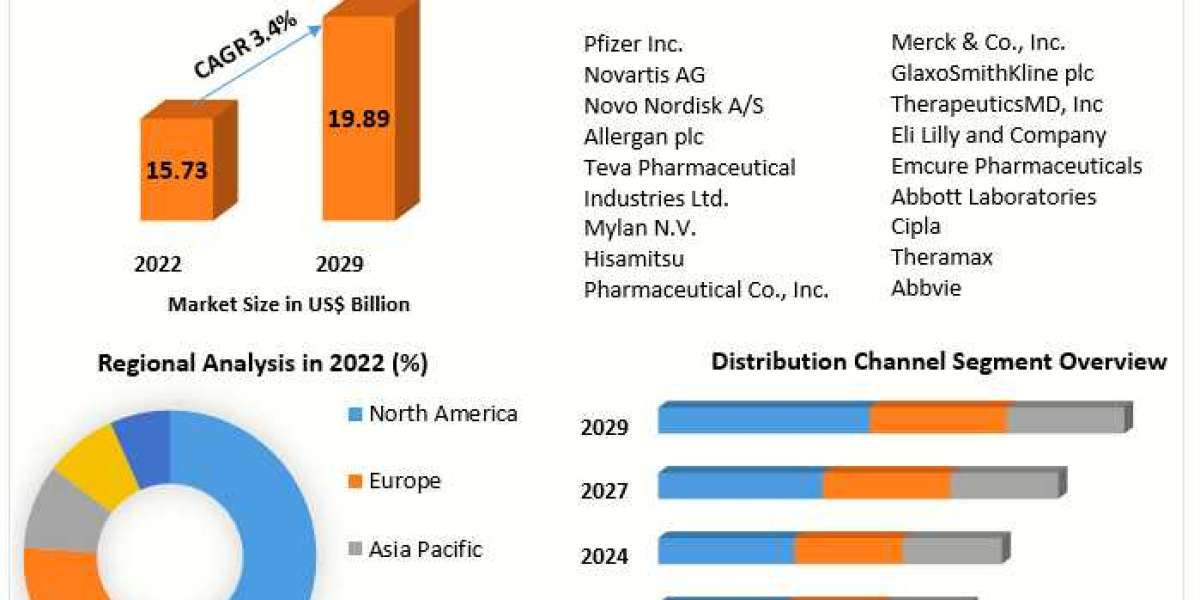Hydrogel is a three-dimensional network of hydrophilic polymers that can hold a large amount of water while maintaining the structure due to the chemical or physical cross-linking of individual polymer chains. They can swell in water. There must be at least 10% water content of the total weight/volume for a material to be a hydrogel. Hydrogen undergoes a volume phase transition in response to physical and chemical stimuli such as temperature, electric and magnetic fields, solvent composition, light intensity, pressure, pH, ions, and specific chemical compositions and can return to its initial state after a reaction as soon as the trigger is removed.
The hydrogel market is estimated to grow from USD 11.66 billion in 2022 to USD 16.77 billion by 2028 at a CAGR of 6.15% during the forecast period.
The hydrogel market has been experiencing significant growth over the past few years, driven by its wide range of applications across various industries. Hydrogels, which are water-swollen, cross-linked polymeric networks, have unique properties that make them highly versatile. These properties include high water content, biocompatibility, and the ability to mimic natural tissue, making hydrogels particularly valuable in biomedical and pharmaceutical applications.
One of the primary factors contributing to the market's growth is the increasing demand for hydrogel-based products in the healthcare sector. Hydrogels are extensively used in wound care, drug delivery systems, and tissue engineering. In wound care, hydrogels provide a moist environment that promotes faster healing and reduces pain. Their ability to deliver drugs in a controlled manner makes them ideal for developing advanced drug delivery systems, particularly for targeted therapies. Moreover, in tissue engineering, hydrogels serve as scaffolds that support cell growth and tissue regeneration, offering potential solutions for treating various medical conditions.
Beyond healthcare, the hydrogel market is expanding into other industries such as agriculture, personal care, and food. In agriculture, hydrogels are used to improve water retention in soil, leading to more efficient water usage and better crop yields. The personal care industry benefits from hydrogels in products like contact lenses, cosmetics, and skincare items, where their hydrating properties enhance product performance. In the food industry, hydrogels are being explored as carriers for flavors and nutrients, as well as for developing innovative food packaging solutions.
Geographically, North America and Europe currently dominate the hydrogel market due to advanced healthcare infrastructure and ongoing research and development activities. However, the Asia-Pacific region is expected to witness significant growth in the coming years, driven by increasing healthcare investments, rising awareness about advanced medical treatments, and the growing demand for sustainable agricultural practices.
In conclusion, the hydrogel market is poised for continued expansion, with its diverse applications and ongoing innovations driving demand across multiple sectors. As research and development efforts progress, the potential for hydrogels to revolutionize various industries will only continue to grow.
To know more about the market dynamics, Register Here: https://www.stratviewresearch.com/Request-Sample/959/hydrogel-market.html#form








